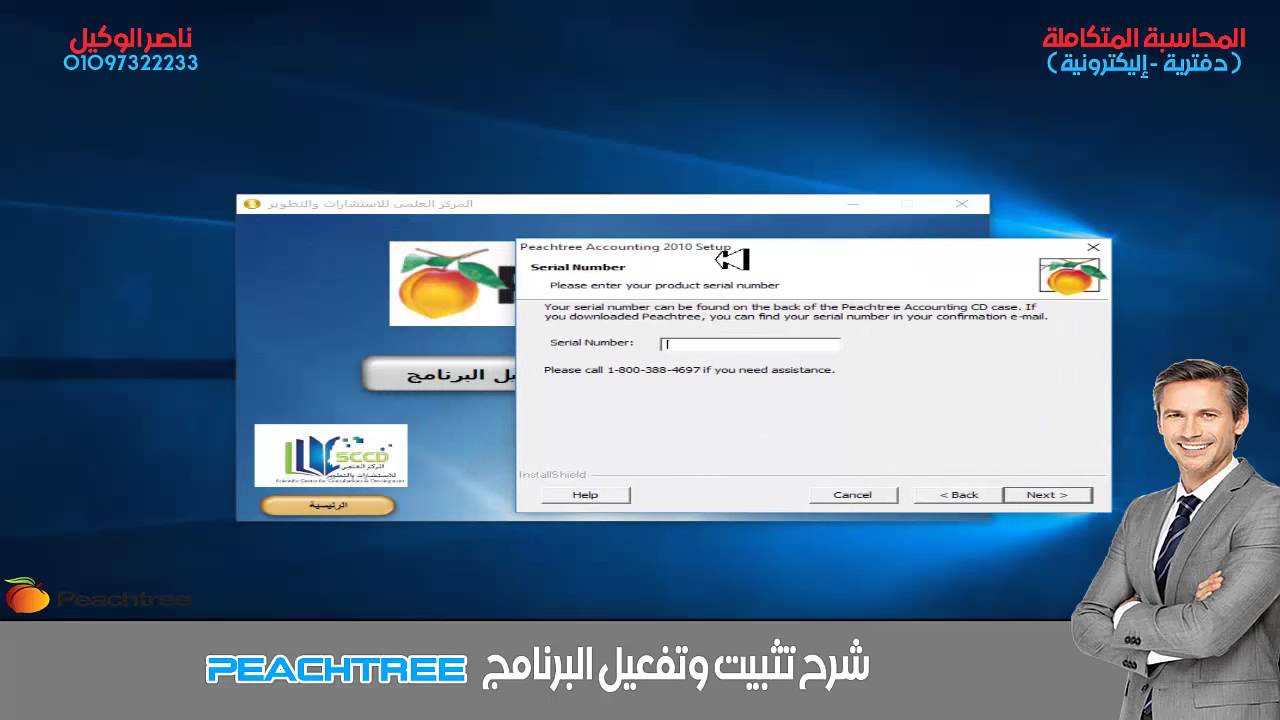

In vivo bioequivalence study waivers help to avoid unnecessary human exposure to drugs. BCS biowaivers are not granted to drug products with a narrow therapeutic range and drug products designed to be absorbed in the oral cavity. Later, this was implemented to approve generic IR oral drug products of BCS Class 1 API. Initially, BCS-based BE study waivers were granted only for Scale-Up and Post Approval Changes (5). The BCS-based BE study waiver is becoming an important tool in approving generic drug products by US FDA. Rather, the US FDA follows the criteria described in its Guidance for Industry on the BCS (2) and considers the applicant's submitted solubility/permeability data on API and dissolution data on the drug product in deciding whether a Class 1 biowaiver is appropriate.Īn in vivo bioequivalence (BE) study is the accepted test to ensure therapeutic equivalence of a generic product to its corresponding reference product. It is important to emphasize that the US FDA considers granting biowaivers only for Class 1 drugs but does not use the WHO BCS Class 1 list to grant such biowaivers. The WHO guidance recommends biowaivers for APIs that belong to BCS Class 1 and Class 3 and also certain APIs from BCS Class 2 (4). The BCS-based biowaiver approval has also been adopted by the European Medicines Agency and World Health Organization (WHO) for IR oral drug products (). Biowaivers can be granted if the active pharmaceutical ingredient (API) is BCS Class 1, i.e., a drug substance of high solubility and high permeability, and if the immediate-release (IR) oral formulation exhibits rapid in vitro dissolution (2). The US Food and Drug Administration (US FDA) implemented guidance based on BCS to waive in vivo bioavailability and bioequivalence study requirements to approve drug products (2). According to the BCS classification approach, drug substances have been grouped into one of the four categories as Class 1 (high solubility, high permeability), Class 2 (low solubility, high permeability), Class 3 (high solubility, low permeability), and Class 4 (low solubility and low permeability). The Biopharmaceutics Classification system (BCS) classifies drug substances based on aqueous solubility and intestinal permeability which are the major characteristics of a drug substance that control its absorption in vivo (). KEY WORDS: ANDA, BCS biowaiver, bioequivalence, Biopharmaceutics Classification System, generic drug product INTRODUCTION Antiallergic drugs in Class 1, drugs for pain relief in Class 2 and antidiabetic drugs in Class 3 have received the largest number of approvals during this period. The present data indicated a trend of more ANDA approvals of BCS Class 1 drugs than Class 3 or Class 2 drugs. Applying this list to evaluation of 263 ANDA approvals of BCS drugs during the period of 2000 to 2011 indicated 110 approvals (41.8%) for Class 1 drugs (based on both biowaiver and in vivo bioequivalence studies), 55 (20.9%) approvals for Class 2 drugs, 98 (37.3%) approvals for Class 3 drugs, and no (0%) approvals for Class 4 drugs. To categorize solubility and intestinal permeability properties of generic drugs under development, we used a list of 61 drugs which were classified as BCS 1, 2, 3, and 4 drugs with certainty in the World Health Organization Model List of Essential Medicines. The objective of this study was to use the World Health Organization Model List of Essential Medicines to determine the distribution of BCS Class 1, 2, 3, and 4 drugs in Abbreviated New drug Applications (ANDA) submissions. The Biopharmaceutics Classification system (BCS) classifies drug substances based on aqueous solubility and intestinal permeability. This article has been cited by other articles in PMC.


 0 kommentar(er)
0 kommentar(er)
